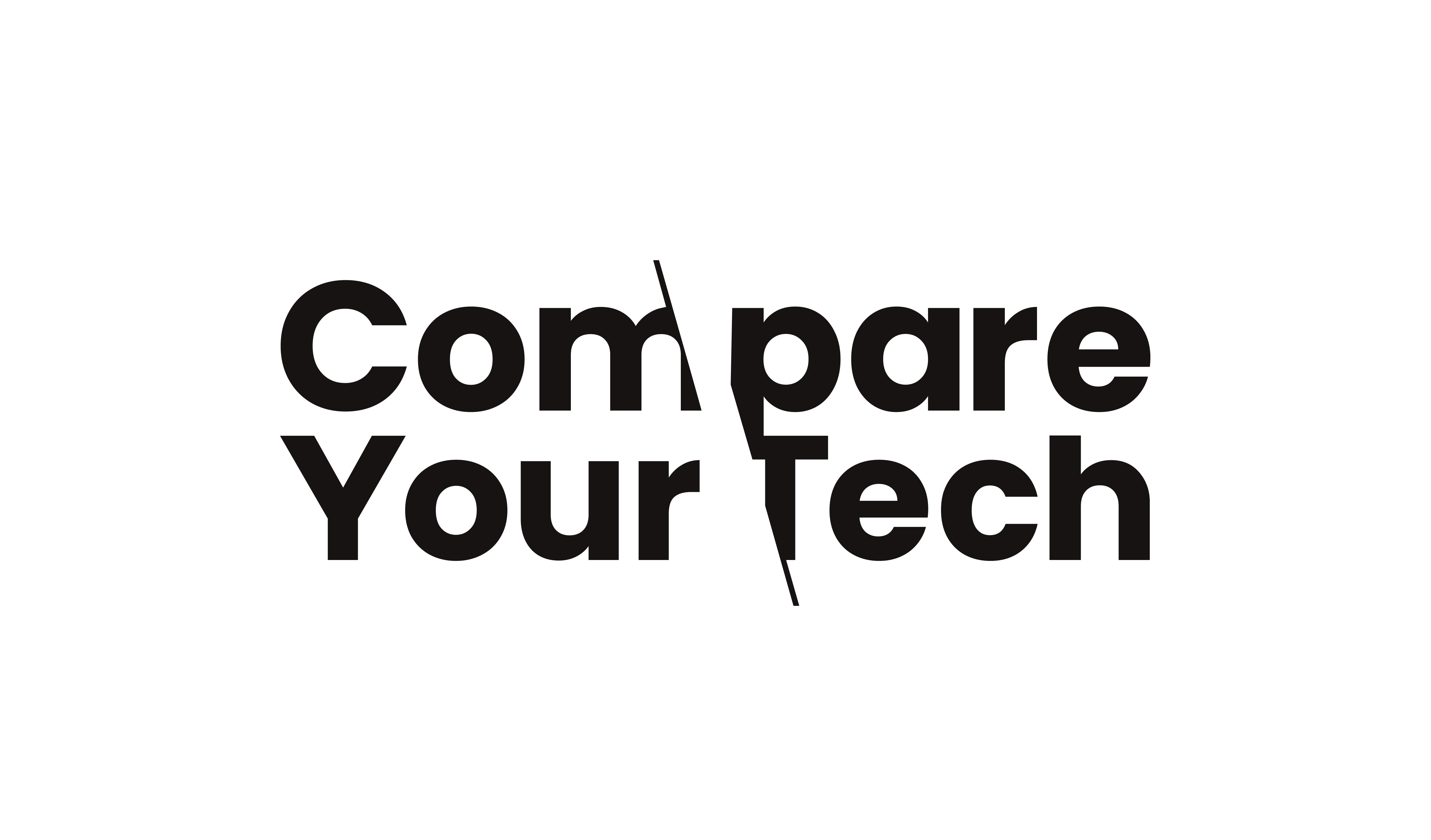FAQ'sFrequently Asked Questions about scikit-image
Who are scikit-image?
scikit-image is an open-source image processing library for Python, designed to provide a collection of algorithms and utilities for image processing. It is part of the scikit-learn ecosystem and is maintained by a community of developers focused on providing tools for scientific computing and data analysis.
What are scikit-images products?
scikit-image offers a comprehensive library of image processing functions, including but not limited to image segmentation, geometric transformations, colour space manipulation, analysis of image properties, and filtering. It serves as a toolkit for users needing to perform various image processing tasks.
What services do scikit-image offer?
scikit-image does not offer traditional services; rather, it provides a robust library of tools for developers and researchers to implement image processing tasks within their own projects or applications. The library is freely available for use and modification under open-source licensing.
What type of companies do scikit-images products suit?
scikit-images products are suitable for a variety of companies and sectors, including research institutions, software development firms, educational organisations, and companies in fields such as healthcare, robotics, and computer vision. It is particularly beneficial for those engaged in data analysis and scientific research.
How much does scikit-images product cost?
scikit-image is free to use as it is an open-source library. There are no licensing fees associated with its use, making it accessible for individuals and organisations alike.
Does scikit-image offer a free trial?
As an open-source library, scikit-image does not require a subscription or trial period. Users can download and use the library at no cost immediately.
What discounts does scikit-image offer on their products?
scikit-image does not offer discounts as it is a free, open-source library. There are no products to purchase, hence no discounts apply.
Are there any hidden fees or additional costs with scikit-image?
There are no hidden fees or additional costs associated with using scikit-image. The library is available for free under an open-source license.
Who uses scikit-images products?
Users of scikit-image include researchers, data scientists, software developers, and educators who require image processing capabilities in their work or projects. It is widely used in academia and industry for various applications in image analysis.
What are the main features of scikit-images products/services?
Main features of scikit-image include:
- Image filtering and enhancement
- Geometric transformations
- Image segmentation techniques
- Feature extraction and analysis
- Colour space conversion
- Comprehensive documentation and examples
How does scikit-image compare to its competitors?
scikit-image is often compared to other image processing libraries such as OpenCV and PIL (Pillow). While OpenCV is more focused on real-time computer vision applications, scikit-image is tailored for scientific and analytical tasks in image processing. scikit-image also integrates seamlessly with other scientific libraries such as NumPy and SciPy.
Is scikit-images platform easy to use?
scikit-image is generally considered user-friendly, particularly for those familiar with Python. Its design prioritises simplicity and ease of use, with a clear API and extensive documentation to assist users in implementing its features.
How easy is it to set up scikit-images product or service?
Setting up scikit-image involves installing it via package managers like pip or conda. The installation process is straightforward, and detailed instructions are provided in the documentation, making it accessible even for users with minimal prior experience.
Is scikit-image reliable?
scikit-image is considered reliable and stable, being widely used in both academic and commercial applications. The library is actively maintained, with regular updates and contributions from the community to ensure its robustness.
Does scikit-image offer customer support?
scikit-image does not offer traditional customer support, as it is an open-source project. However, users can seek assistance through community forums, GitHub issues, and mailing lists where developers and users discuss problems and solutions.
How secure is scikit-imageÕs platform?
As an open-source library, security largely depends on the users implementation and environment. The library itself does not pose security risks, but users should ensure that their applications and environments are secure when using any third-party libraries.
Does scikit-image integrate with other tools or platforms?
Yes, scikit-image integrates well with other Python libraries such as NumPy, SciPy, and Matplotlib, allowing users to build comprehensive image processing workflows and visualisations.
Can I use scikit-image on mobile devices?
scikit-image is primarily designed for desktop and server environments and is not specifically tailored for mobile devices. However, it can be used in mobile applications if integrated with a suitable Python environment.
What do users say about scikit-image?
Users commonly praise scikit-image for its comprehensive functionality, ease of use, and integration with Pythons scientific stack. Feedback often highlights its extensive documentation as a valuable resource for both beginners and advanced users.
What are the pros and cons of scikit-image?
Pros:
- Free and open-source
- User-friendly API
- Extensive documentation and community support
- Integration with other scientific libraries
Cons:
- Limited to Python programming language
- Not focused on real-time processing like some alternatives
How can I purchase scikit-imageÕs services?
scikit-image is not a purchasable service. It is freely available for download and use from its official website or repositories such as GitHub.
What is the cancellation or refund policy for scikit-image?
As scikit-image is free and open-source, there are no cancellation or refund policies applicable.
What are the common use cases for scikit-image?
Common use cases for scikit-image include image analysis in scientific research, preprocessing images for machine learning applications, developing image processing algorithms, and educational purposes in teaching image processing techniques.
Why choose scikit-image over other options?
Choosing scikit-image can be advantageous for users who require a library focused on scientific image processing with a rich set of features, ease of use, and excellent integration with other scientific Python libraries, making it ideal for research and development projects.
How easy is it to set up scikit-image?
Setting up scikit-image is straightforward, typically requiring only a single command to install via pip or conda. The setup process is well-documented, allowing users to get started quickly.
Does scikit-image offer training or tutorials?
While scikit-image does not provide formal training, it offers extensive documentation and tutorials on its official website, making it easier for users to learn how to use the library effectively.
What languages does scikit-image support?
scikit-image is primarily designed for use with the Python programming language. There is no built-in support for other programming languages.
What problems does scikit-image solve?
scikit-image addresses a wide range of image processing problems, including noise reduction, image segmentation, feature extraction, and image enhancement. It provides tools for users to manipulate and analyse images effectively in various applications.
Is scikit-image worth the investment?
As a free and open-source library, scikit-image represents a valuable investment of time for users looking to perform image processing tasks without incurring financial costs. Its capabilities and integration with Python make it a worthwhile tool for researchers and developers alike.






Leave a Reply
You must be logged in to post a comment.